Animals need oxygen to survive and they get this oxygen from the air. The process of getting oxygen into the body is called breathing. You breathe through your nose and mouth. This oxygen has to be processed further and converted to energy which is then utilized for the body for metabolic reactions.
The Difference between Respiration and Breathing is that breathing is just the act of taking in oxygen while respiration is the process in which oxygen is used for the breakdown of glucose to produce energy in the form of ATP. The cell uses this energy to perform the functions required for life.
Breathing: Definition and Process.
Breathing refers to the act of moving air in and out of the lungs. This air contains a lot of gases, the most important of which is oxygen. During breathing, oxygen is taken into the body and carbon dioxide is removed from the system. All organisms that respire aerobically need oxygen to perform respiration.
Throughout the day, your body undergoes repetitive cycles of inhalation and exhalation. Inhalation is the intake of air, in which oxygen enters the legs. This oxygen is then taken by the blood and reaches the tissues through the circulatory system.
Exhalation is the release of air from the lungs into the environment. This air contains carbon dioxide which is excreted as waste. Breathing is not only important for bringing oxygen into the body.
It is also important for reflexes like sneezing, yawning, coughing and other mechanisms like laughter and speech. In some animals, thermoregulation through perspiration is not possible as they do not have sweat glands so they lose heat by panting.
Respiration: Definition and Process.
As mentioned above, the Difference between Respiration and Breathing is that breathing just brings in oxygen while respiration uses that oxygen to generate energy in the form of ATP. There are different forms of respiration such as buccal pumping, aquatic respiration, apnea, arterial blood gas respiration, gas exchange, dyspnea and many more.
At the end of the respiration, carbon dioxide, water and ATP are formed. Carbon dioxide is released into the atmosphere while ATP is used for body functions.
In eukaryotic organisms, respiration takes place in the mitochondria and the cytosol. On the other hand, it takes place in the cytosol and cell membrane in prokaryotic organisms. There are two types of respiration; aerobic and anaerobic. Aerobic respiration takes place in the presence of oxygen.
When oxygen levels or low or organisms are living in an oxygen-free environment, they respire anaerobically and lactic acid is produced as a by-product. ATP is produced in respiration. It is the energy currency present in the cell that is required for active transport and other body functions.
Summary of Difference Between Respiration and Breathing:
- The Difference between Respiration and Breathing is that breathing is the act of inhaling oxygen and releasing carbon dioxide from the body while respiration is the process of generating ATP molecules along with water and carbon dioxide.
- In respiration, glucose and oxygen are used as reactants.
- ATP, energy currency of the body, is produced as the end result.


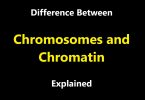
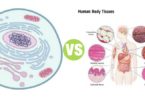
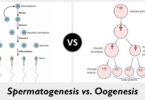
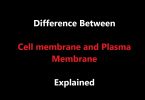
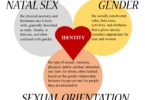
Leave a Comment
You must be logged in to post a comment.